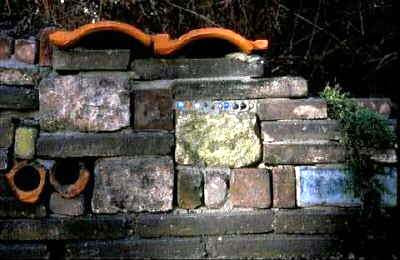Parents with young kids have special needs that other travelers never even think about. Between frequent feedings, diaper changes, nap times, and the additional hassle of finding ways to cart your kid around wherever you go, you might start to think that a family vacation is more trouble than it’s worth, especially if you’re trying to wrangle wandering toddlers while simultaneously tending to an infant. In short, your days of taking off on impromptu weekend vacations are over. You need to put some serious planning into any travel arrangements involving kids. So here are a few ideas that are bound to make for a fun trip for all.
One vacation option to consider is visiting a theme park. For many kids this type of larger-than-life adventure is amazing even when they’re still very little. There are rides galore for kids of all ages, so even if your little ones don’t yet reach the height requirement for roller coasters they can still go on wild rides created specifically for children of smaller stature. Plus there are bound to be plenty of characters wandering around the park, interesting shows occurring throughout the day (perhaps even a parade), and plenty of places to grab a tantalizing snack. For many parents, this can be a fun outing, as well, especially when seeing the wonder on kids’ faces. Of course, it all depends on your kids. Some tiny tots may get motion sickness while others could be afraid of the costumed characters. But considering these parks are made with kids in mind, most young visitors will have the time of their lives.
You could also go for other types of parks, though, like national parks, for example. Most kids love to run wild outdoors and this is likely a far less expensive entertainment option than a theme park. You can take the opportunity to wear the kids out walking through ancient forests, hiking to waterfalls, or exploring underground caverns. Or you could hop on a burro and head into the Grand Canyon. Very small children will probably enjoy the many sights and sounds of the outdoors (provided the weather doesn’t make them too uncomfortable) while younger school-age children will no doubt pepper you with questions about the site you’re visiting, creating an educational opportunity. Either way it’s bound to offer the beauty and relaxation that only nature can provide.
As for amenities on your trip, you may need to do some research to find establishments that cater to families with kids. Most hotels come with suites or at least adjoining rooms, but you may want to seek out lodgings that include with convenient options like food (at least a continental breakfast, if not a restaurant), a swimming pool, and even sitter services (a good concierge will have a nanny service on file). You may even seek out hotels and resorts that cater to kids with attractions, events, or classes meant to keep them occupied. And if you’re worried about waking the neighbors with a crying baby, look into bed and breakfasts; they have fewer guests and in some ways they can be far more accommodating to a family traveling with young kids in terms of privacy and other considerations.
















































